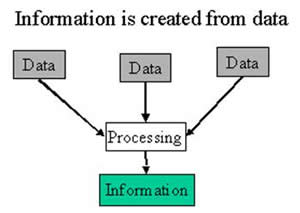We have seen in recent times how ICT has enabled us to carry out academic activities even though it has been severely affected by situation created by Covid-19. Schools and colleges have shifted to online teaching mode to run the academic activities during these times. Many new tools have also been developed and some tools that were previously available got popularity during the pandemic times. Now let us list some tools that can used in teaching and learning process.
1. GeoGebra is an interactive geometry, algebra, statistics and calculus application, intended for learning and teaching mathematics and science from primary school to university level. GeoGebra is available on multiple platforms, with apps for desktops, tablets and web.
2.Avogadro is an advanced molecule editor and visualizer designed for cross-platform use in computational chemistry, molecular modeling, bioinformatics, materials science, and related areas. It offers flexible high quality rendering and a powerful plugin architecture.
3. Bhuvan, is an Indian web based utility which allows users to explore a set of map based content prepared by Indian Space Research Organisation. The content which the utility serves is mostly restricted to Indian boundaries and is offered in 4 regional languages.
4. Audacity is a free, easy-to-use, multi-track audio editor and recorder for Windows, macOS, GNU/Linux and other operating systems. The interface is translated into many languages. You can use Audacity to: Record live audio.
5. OpenShot Video Editor is a free and open-source video editor for Windows, macOS, Linux, and Chrome OS.
6. Freeplane is a free, open source software application for creating mind maps, and electronic outlines.
7. Tux Paint is a free, award-winning drawing program for children ages 3 to 12 (for example, preschool and K-6). Tux Paint is used in schools around the world as a computer literacy drawing activity. It combines an easy-to-use interface, fun sound effects, and an encouraging cartoon mascot who guides children as they use the program.
https://itpd.ncert.gov.in//



